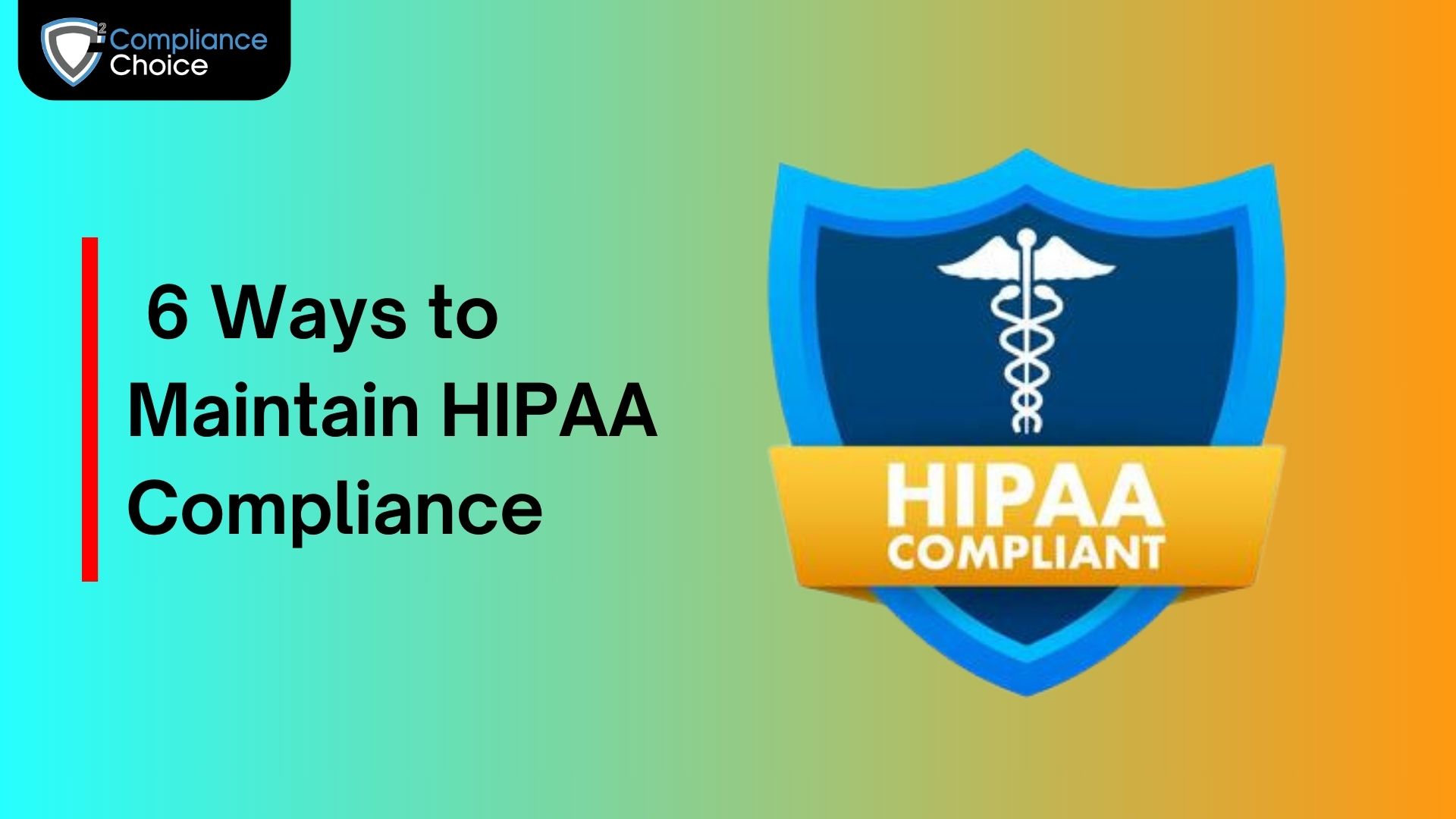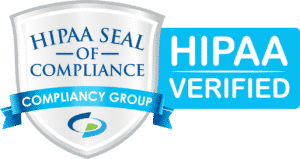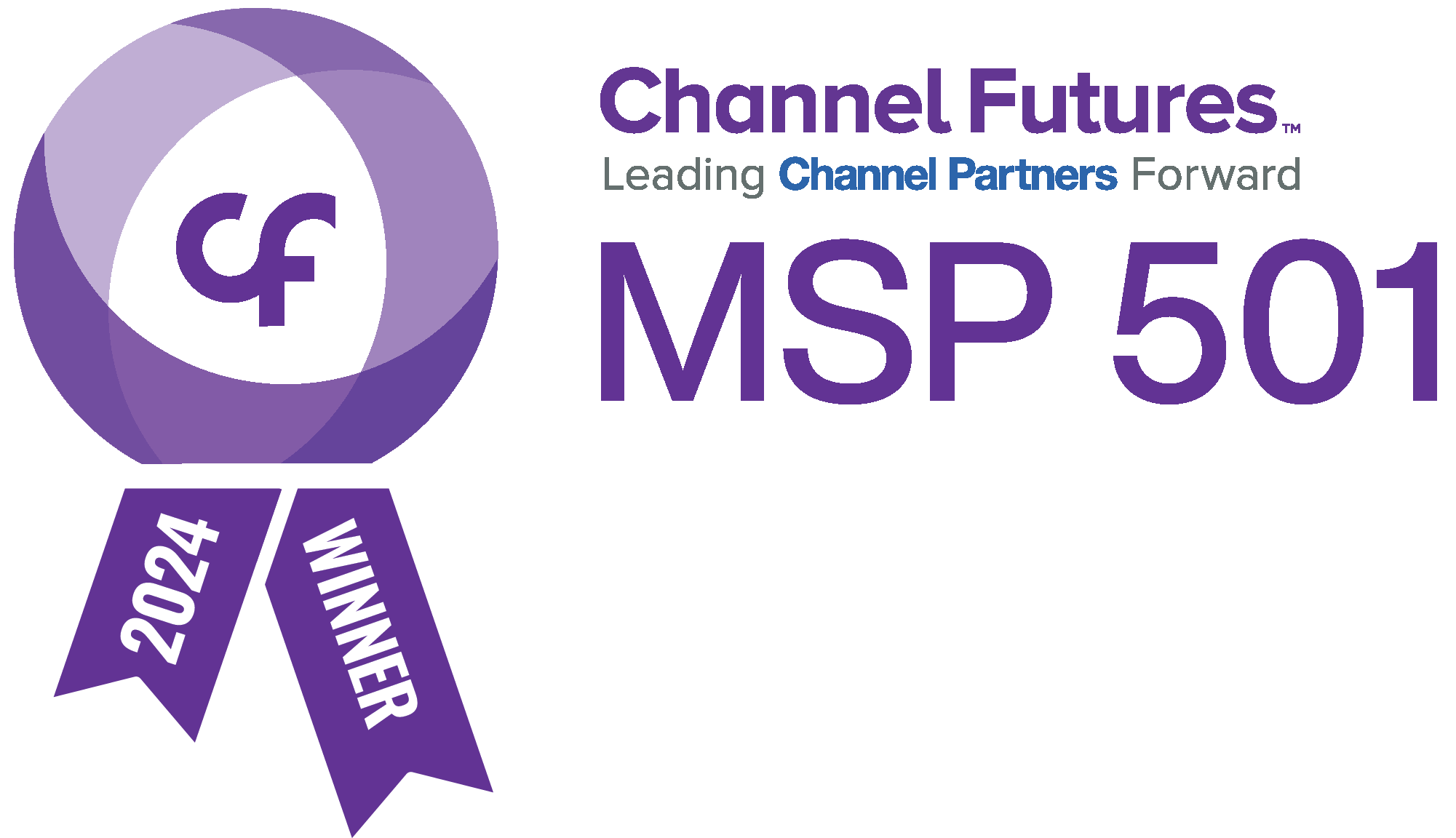In an era where information is treated as a valuable asset, healthcare providers and medical institutions must ensure they adhere to HIPAA regulations and safeguard the sensitive data entrusted to them by patients. With the rise of electronic medical records, the risk of data breaches has increased, as many healthcare providers rely on digital systems to store patient information.
From 2009 to 2024, the U.S. Department of Health and Human Services (HHS) Office for Civil Rights (OCR) recorded 4,919 data breaches affecting over 590 million records. To prevent the unauthorized disclosure of sensitive patient health information, the Health Insurance Portability and Accountability Act (HIPAA) was established in 1996.
What is HIPAA compliance and its related rules?
HIPAA Compliance refers to the adherence to the Health Insurance Portability and Accountability Act (HIPAA), a federal law enacted in 1996 to protect sensitive patient health information. The law aims to safeguard the privacy and security of healthcare data, ensuring that it is only accessed, used, and shared in appropriate ways. Compliance involves following the necessary guidelines and practices set by HIPAA to prevent unauthorized access, loss, or breaches of patient information.
HIPAA compliance applies to two main categories of entities:
- Covered Entities: These include healthcare providers, health insurance companies, health maintenance organizations, and medical clearinghouses that handle Protected Health Information (PHI) for transactions like claims, eligibility inquiries, and referrals.
- Business Associates: These are third-party organizations that handle PHI on behalf of covered entities. This includes vendors like billing companies, IT services providers, cloud storage companies, and medical management firms.
To ensure compliance, these entities must implement various safeguards and policies. The key rules and standards outlined by HIPAA are:
1. HIPAA Privacy Rule
The Privacy Rule establishes standards for the protection of PHI. It sets limits on how PHI can be used and disclosed, ensuring that patient information is only shared with authorized individuals or entities. It also gives patients certain rights, such as the ability to access their own medical records and request corrections.
2. HIPAA Security Rule
The Security Rule sets national standards to protect electronic PHI (e-PHI). It requires covered entities and business associates to implement physical, administrative, and technical safeguards to ensure the confidentiality, integrity, and availability of e-PHI. This includes encryption, access controls, and ensuring secure methods for transmitting and storing sensitive data.
3. HIPAA Breach Notification Rule
The Breach Notification Rule requires entities to notify affected individuals and the U.S. Department of Health and Human Services (HHS) in the event of a data breach involving PHI or e-PHI. If the breach affects more than 500 people, the breach must also be reported to the media. The goal is to ensure that individuals are aware of any unauthorized access to their personal health information so they can take appropriate actions.
4. HIPAA Enforcement Rule
The Enforcement Rule outlines the procedures for investigating violations of HIPAA and the penalties for non-compliance. Penalties for HIPAA violations can range from fines to civil and criminal penalties depending on the severity of the violation. This rule helps ensure that organizations are held accountable for failing to protect patient data.
5. HIPAA Omnibus Rule
The Omnibus Rule, which was added in 2013, strengthened HIPAA protections by extending certain provisions to business associates. It includes stricter privacy and security provisions and clarified how PHI can be used for marketing, fundraising, and other activities.
In summary, HIPAA compliance involves following the guidelines set by these rules to protect patient health information. Healthcare providers and their business associates must implement proper safeguards, obtain patient consent when necessary, and ensure transparency in how patient data is handled.
6 Ways to Maintain HIPAA Compliance
Healthcare providers risk significant fines for non-compliance with HIPAA regulations. Ensuring compliance is crucial not only for protecting patients but also for safeguarding medical practices from potential security threats that can compromise sensitive data. To maintain HIPAA compliance and avoid costly penalties, healthcare organizations and their business partners should follow these essential steps:
1. Conduct Regular Risk Assessments
Regular compliance risk assessments are vital for identifying potential vulnerabilities in your system. Healthcare providers must evaluate administrative, technical, and physical safeguards to ensure they are adequately protecting patient data. These assessments help detect gaps in security and allow for timely corrective actions.
2. Provide Ongoing Security Training
Staff training is one of the most effective ways to mitigate risks and ensure compliance. Regular training ensures that employees understand HIPAA security rules and can implement proper data protection practices. This includes recognizing potential data breaches, adhering to privacy policies, and maintaining the confidentiality of patient information.
3. Implement Strong Data Encryption and Access Controls
Encrypting sensitive data, both in transit and at rest, is a crucial security measure under HIPAA. Additionally, healthcare organizations must implement strict access controls to ensure that only authorized individuals can access Protected Health Information (PHI). This includes setting up unique login credentials, multi-factor authentication, and role-based access.
4. Maintain Comprehensive Documentation
HIPAA requires healthcare organizations to maintain documentation regarding their compliance efforts, including privacy and security policies, risk assessments, and breach notification protocols. Detailed records ensure accountability and demonstrate a commitment to following HIPAA guidelines during audits or investigations.
5. Establish a Clear Incident Response Plan
Healthcare organizations must have an incident response plan in place to address potential data breaches or security incidents. This plan should include procedures for identifying, reporting, and mitigating breaches, as well as notifying affected patients and regulatory bodies as required by HIPAA’s Breach Notification Rule.
6. Review Contracts with Business Associates
Healthcare providers must ensure that their business associates, such as billing companies, IT service providers, and cloud storage vendors, are also HIPAA-compliant. Contracts should include specific clauses outlining the business associate’s responsibilities for protecting PHI and stipulating consequences for non-compliance.
By following these six key steps, healthcare organizations can reduce the risk of non-compliance and help protect patient information from security threats. Maintaining HIPAA compliance is an ongoing process that requires constant vigilance and commitment from all involved parties.
How Compliance Choice HIPAA Risk Assessment Software Ensures HIPAA Compliance?
Compliance Choice’s HIPAA Risk Assessment provides healthcare organizations with a comprehensive, automated solution to evaluate and maintain HIPAA compliance. This software enables institutions to identify security vulnerabilities, track compliance status, and ensure adherence to HIPAA standards.
By using this tool, healthcare professionals and administrators can detect compliance gaps and take proactive steps to mitigate risks. Compliance Choice streamlines the risk assessment process, safeguarding sensitive patient data while helping organizations avoid costly fines or penalties.
Key Features:
- Automated Risk Assessments – Conduct thorough, automatic evaluations of potential risks to sensitive patient data, making compliance efforts more efficient.
- Risk Evaluation & Prioritization – Automatically assess and prioritize risks in accordance with HIPAA regulations.
- Real-Time Reporting – Gain instant insights into compliance status to quickly identify and address potential issues.
- Compliance Tracking – Keep track of compliance progress, monitor required actions, and maintain adherence to regulatory requirements.
- Comprehensive Policy Library – Access a customizable repository of policies and procedures to establish standardized, HIPAA-compliant workflows.
- User-Friendly Interface – Enjoy a simple, intuitive interface that allows healthcare staff of all technical levels to navigate and manage risk assessments efficiently.
Why should medical institutions comply with HIPAA?
Most healthcare providers have transitioned from paper-based records to digital systems, increasing the need for HIPAA compliance. Electronic Health Records (EHR), Computerized Physician Order Entry (CPOE), automated patient management systems, and other digital platforms introduce heightened security risks in the healthcare industry.
The HIPAA Act establishes strict guidelines for limiting access to sensitive medical data and ensuring its secure storage and transmission. Compliance helps prevent unauthorized access, data breaches, and legal penalties while safeguarding patient privacy.
Common HIPAA Violations
Below are some common HIPAA violations and their consequences:
- Failure to Conduct Regular Risk Assessments
Organizations must regularly assess their security risks related to Protected Health Information (PHI). Without routine risk analysis, vulnerabilities remain undetected, leaving the organization susceptible to cyber threats and data breaches. - Inadequate Data Protection and Encryption
Failing to protect PHI—whether due to human error or weak security measures—can lead to data leaks. Releasing records improperly, sharing unencrypted patient data, or storing PHI on unsecured devices are all considered HIPAA violations. - Non-Compliant Business Associate Agreements (BAAs)
Healthcare providers often share PHI with business associates (e.g., third-party service providers). If a Business Associate Agreement (BAA) does not meet HIPAA standards, any shared information is not legally protected, making both parties liable for violations. - Lack of Employee Training
Medical staff handle patient information daily and must be properly trained on HIPAA compliance. Insufficient training increases the likelihood of errors, mishandling of PHI, and security breaches. - Failure to Prevent Device Theft
Unprotected or unencrypted devices storing patient data can be easily stolen, leading to data breaches. To avoid violations, all devices must be encrypted, and staff should be trained on proper security protocols to prevent theft or unauthorized access.
Elements of an Ideal HIPAA Compliance Program
HIPAA-Compliant Software Checklist
In addition to administrative safeguards, technical safeguards play a crucial role in ensuring that medical practices using software comply with HIPAA. To meet compliance standards, medical software must include essential security features, as outlined in the checklist below:
- Data Access Control and Management
Access to electronic Protected Health Information (e-PHI) should be restricted to a limited number of authorized employees. To maintain proper security, software solutions should implement unique patient and user identifiers, multi-tier access policies, automatic logoff, and encryption support. Additional security measures, such as biometric authentication and single sign-on (SSO), can further strengthen access control. - Data Encryption
To protect e-PHI, organizations must encrypt patient data when developing secure websites, applications, and storage solutions. Access to PHI should be restricted to authorized personnel using strong passwords, PIN codes, or multi-factor authentication (MFA). Implementing automatic logoff also prevents unauthorized access in cases of unattended systems. - Data Integrity Protection
Preventing unauthorized modifications to data is essential for HIPAA compliance. Organizations should utilize digital signatures and encryption protocols such as PGP, SSL/TLS, to ensure data integrity. Additionally, multi-factor authentication (MFA) can enhance security by verifying the identity of users accessing sensitive information. - Secure Data Transmission
Medical software must implement safeguards to prevent unauthorized access to PHI during data transmission. This includes encryption of communications, secure data transfer protocols, and network security measures to prevent data interception.
What Are the Benefits of HIPAA Compliance?
All healthcare providers and related organizations must comply with HIPAA, not just to fulfill legal obligations but also to gain significant benefits, including:
- Enhanced Trust and Patient Loyalty
HIPAA compliance reassures patients that their PHI is protected, fostering trust and long-term relationships. Patients are more likely to remain loyal to healthcare providers who prioritize data security and privacy. - Financial and Operational Benefits
HIPAA-compliant organizations often improve operational efficiency by implementing structured data protection protocols. Secure PHI management leads to better patient outcomes, enhanced reputation, and increased profitability. Additionally, retaining loyal patients contributes to financial stability. - Standardization and Interoperability
HIPAA regulations enforce standardized medical record management and secure access to health data. Compliance ensures that PHI is transmitted using standardized codes and unique identifiers, making it easier for healthcare entities to exchange information securely and efficiently.
Frequently Asked Questions
What is HIPAA compliant?
Companies and organizations that comply with the administrative, physical and technical safeguards described in the HIPAA Guidelines are compliant with HIPAA.
What information can be sent without violating HIPAA?
Under HIPAA, healthcare providers are allowed to disclose Protected Health Information (PHI) to other covered entities for treatment, payment, and healthcare operations without violating privacy rules. This includes case management, care coordination, and treatment-related purposes, as long as it aligns with HIPAA’s minimum necessary standard and patient privacy protections.
Conclusion
The healthcare industry relies on the HIPAA Act to implement safety measures that protect patients’ critical health information. Covered entities and business partners must follow strict regulations to ensure compliance with HIPAA and safeguard PHI and e-PHI.
To maintain compliance, organizations should adopt key practices such as annual risk assessments, employee training, and vendor management.
We recommend Compliance Choice’s HIPAA Risk Assessment as one of the best solutions for organizations of all sizes, providing comprehensive support for HIPAA compliance.




